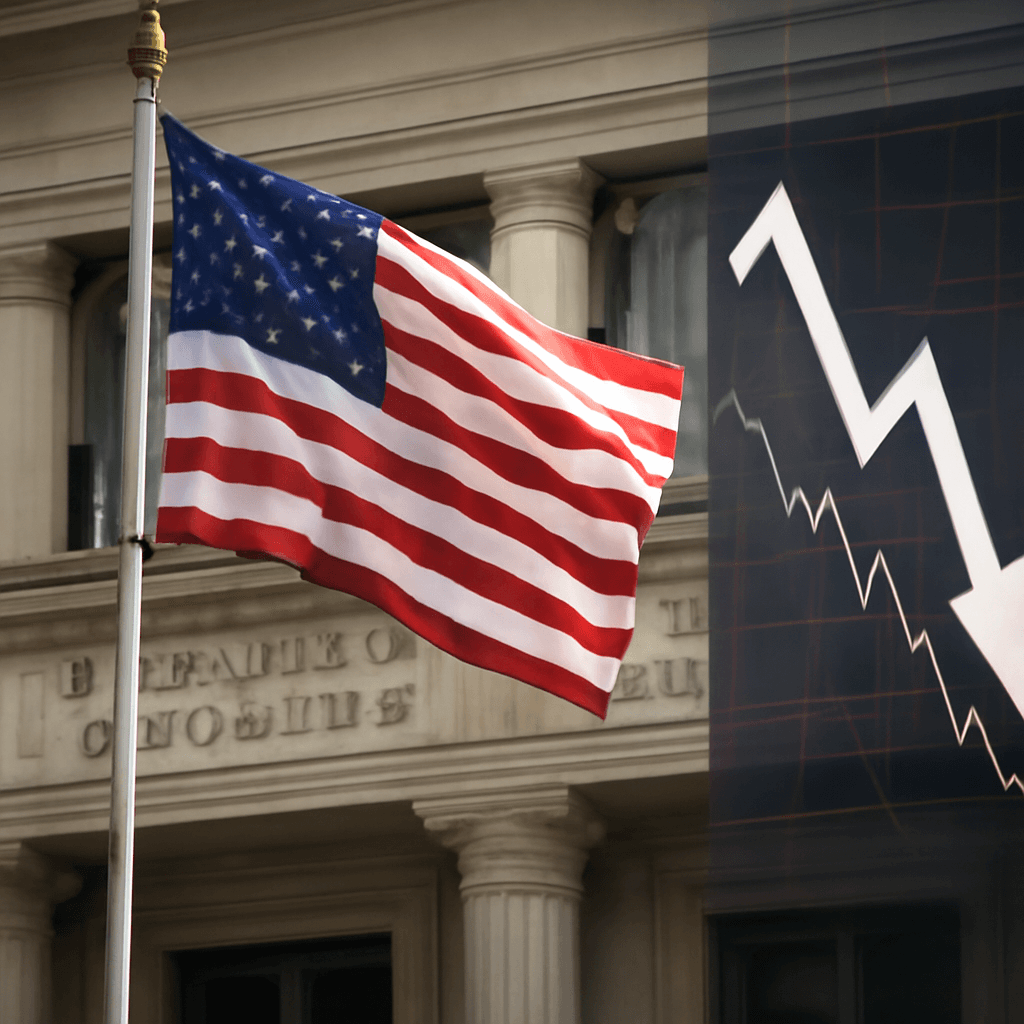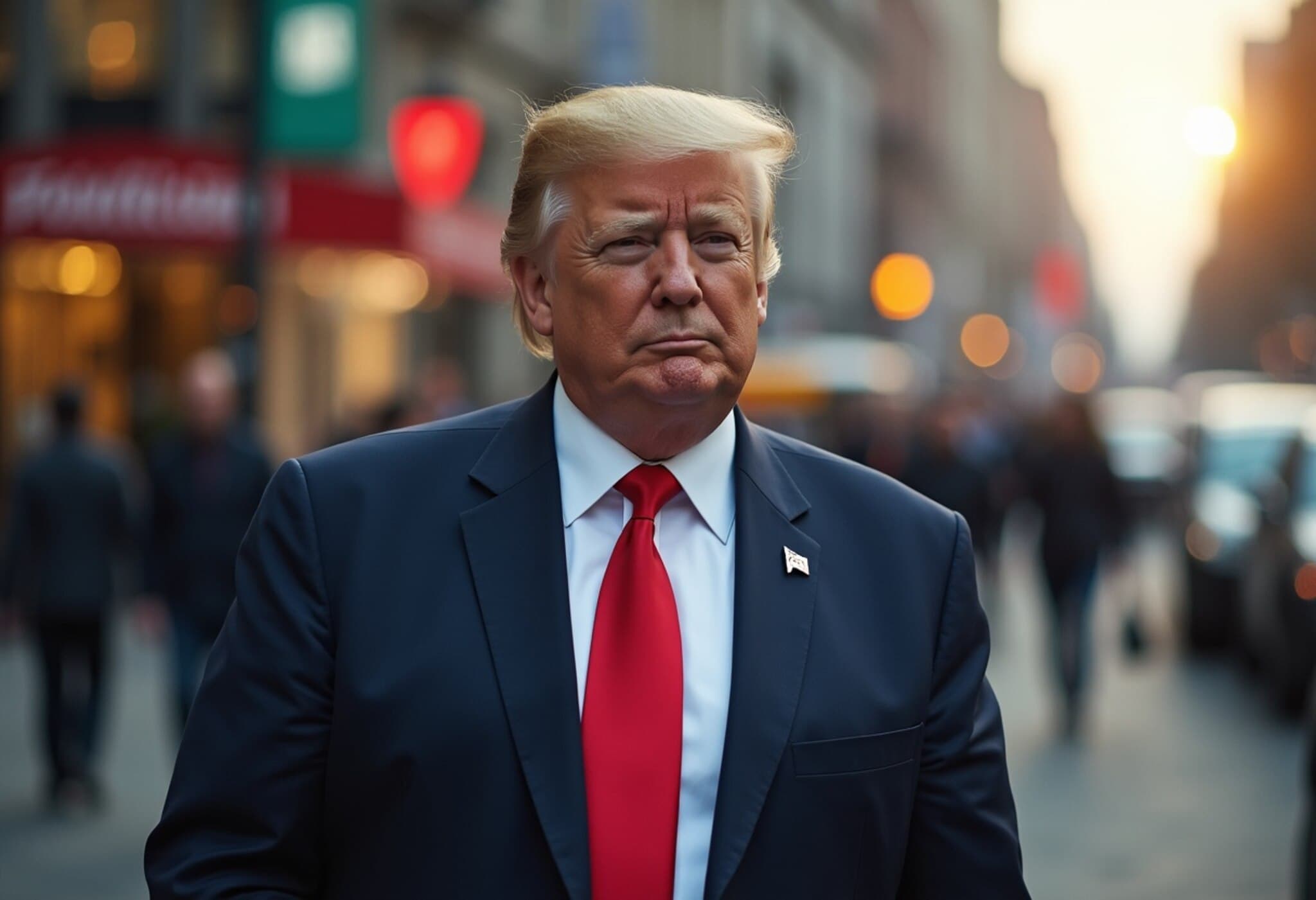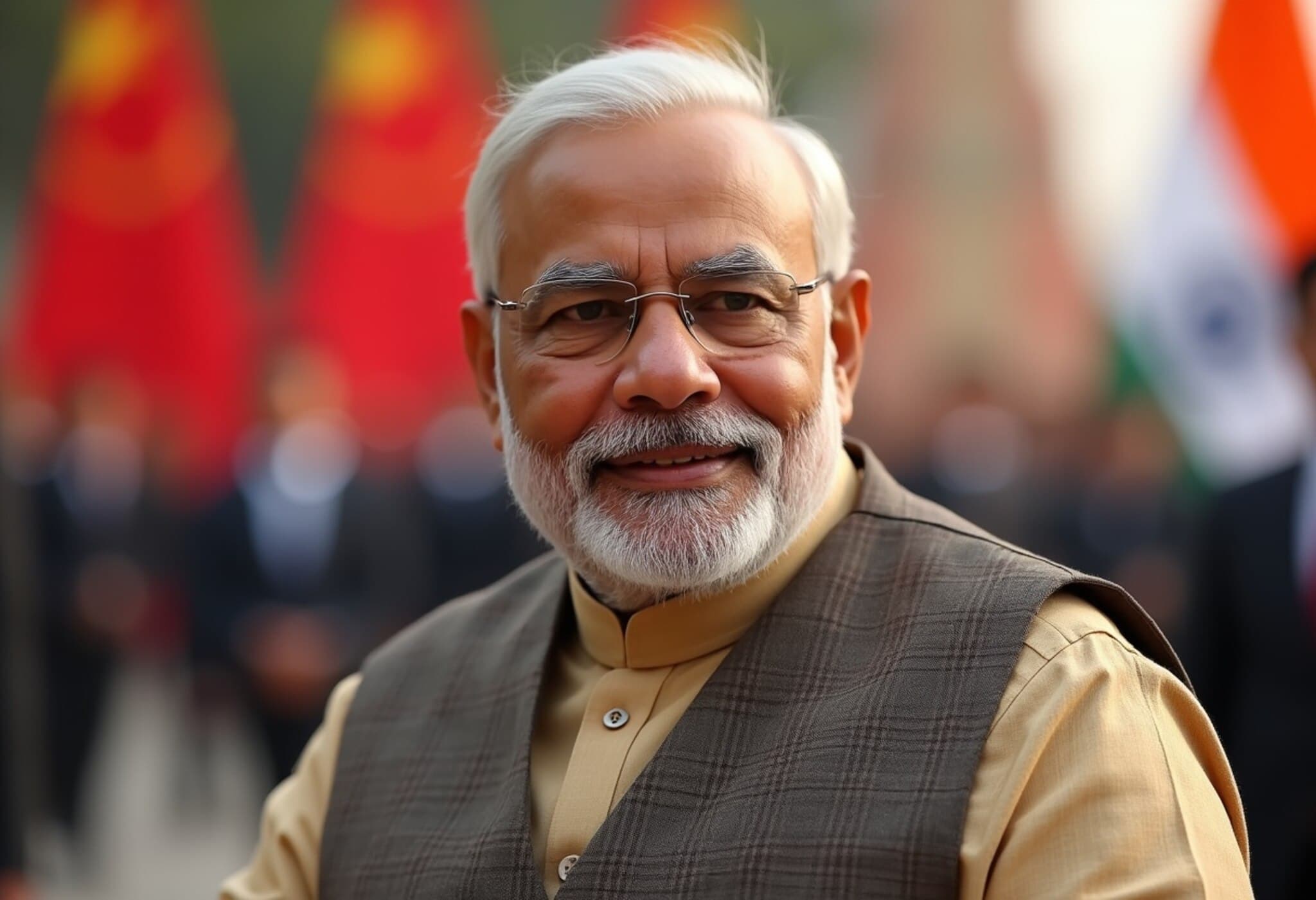Switzerland Confronts High U.S. Tariffs and Currency Headwinds
From August 7, 2025, Swiss exports to the United States will be subject to onerous 39% tariffs, a punitive measure that places Switzerland in a particularly precarious economic and diplomatic situation. The unexpected announcement has spurred Swiss leaders into urgent negotiations in Washington, D.C., aiming to soften the blow of President Donald Trump’s latest trade actions.
The Origins of the Tariff Escalation
The tariffs are part of broader U.S. measures targeting countries with which the administration perceives unfavorable trade balances. Last year, the U.S. registered a $38.3 billion trade deficit in goods with Switzerland, despite holding a sizable surplus of $29.7 billion on services. These figures, however, mask a more complex relationship, where Swiss exports — notably pharmaceuticals, machinery, and precision instruments — are vital to many American industries.
Swiss President Karin Keller-Sutter reportedly faced a chilly reception for urging dialogue, with President Trump remarking that she "didn't want to listen" to U.S. concerns. The Swiss government maintains it has held a constructive stance, but the sudden tariff imposition suggests deeper friction.
Economic Implications: Navigating a Triple Threat
Analysts warn Switzerland now faces a "triple blow": the direct impact of steep tariffs, the rising strength of the Swiss franc, and an already cautious domestic economy.
- Stunted economic growth: Switzerland's GDP growth stood at a modest 0.5% in Q1 2025, with inflation barely nudging upwards at an annual 0.2% in July — a sign of subdued domestic demand.
- Currency appreciation: The Swiss franc, traditionally a refuge during tumultuous times, has surged approximately 11% against the dollar this year, further squeezing exporters' margins.
- Tariffs hitting key sectors: While initial tariffs exclude pharmaceuticals, further duties on life sciences products could materialize within 18 months, threatening Switzerland’s most valuable export sector.
Pharmaceuticals: The Crown Jewel Under Threat
Switzerland’s pharmaceutical and life sciences industry constitutes nearly 38.5% of the nation’s exports. The potential introduction of sector-specific tariffs could push the overall economic hit past 1–2% of GDP, a considerable strain for a highly developed economy.
Experts note the delicate balance Switzerland must maintain. Torsten Sauter, head of Swiss equity research at Kepler Cheuvreux, emphasizes, "While the U.S. relies heavily on Swiss pharma products, any miscalculation could trigger devastating tariffs that imperil this critical sector." This underscores the fragility of Switzerland’s negotiating position amidst escalating protectionism.
The Swiss Franc's Double-Edged Role
The franc’s appreciation is a blessing for savers but a curse for exporters who now contend with more expensive Swiss-made goods in the global market. The Swiss National Bank (SNB) responded by raising interest rates slightly in June, yet market analysts fear negative interest rates could return to counteract these pressures.
Kamal Sharma, a G10 FX strategist at Bank of America, describes the dilemma: "The SNB faces a challenging environment. If tariffs remain, they may be pushed into further accommodative monetary policy, including currency interventions." However, past interventions — notably under the Trump administration — soured Swiss-American relations, with Switzerland recently placed on a U.S. currency watchlist.
Despite diplomatic risks, the SNB might intervene in currency markets to weaken the franc and support exporters, prioritizing the health of Switzerland’s industrial base over geopolitical concerns.
Comparing Regional Impacts and Global Context
While Switzerland faces a 39% tariff rate, neighboring Europe confronts a comparatively lower 15% tariff on goods exported to the U.S. This disparity threatens Switzerland’s competitiveness within its own economic neighborhood, potentially pushing companies to reconsider supply chains and market focus.
The unfolding situation highlights the complex interplay between trade policy, currency valuation, and central bank independence — issues that resonate far beyond Switzerland and America, reflecting growing global tensions around fair trade and economic sovereignty.
Expert Commentary: Lessons and Outlook
The Swiss experience underscores the vulnerabilities that even affluent, stable economies face in an era of aggressive trade nationalism and monetary volatility. Policymakers must walk a tightrope, balancing firm responses against the need to maintain long-term partnerships.
Moreover, the scenario calls attention to the importance of diversified economic structures, resilience to external shocks, and the diplomatic agility required to navigate turbulent U.S.-Europe relations. For the American side, these tariffs reflect broader strategic objectives but risk unintended disruptions in sectors critical to innovation and health.
Editor’s Note
Switzerland’s predicament is a microcosm of larger geopolitical and economic shifts underway globally. The intersection of punitive tariffs, a surging currency, and delicate sectoral dependencies poses a complex challenge that tests the limits of traditional diplomacy and economic policy tools.
As Swiss authorities negotiate in Washington, key questions emerge: Can diplomatic engagement reverse these tariff escalations? How might currency intervention affect Switzerland’s global reputation? And what precedent does this set for other countries caught in the crossfire of U.S. trade policy?
Understanding these dynamics is essential for stakeholders worldwide, from investors to policymakers, as they navigate a rapidly evolving international economic landscape.












